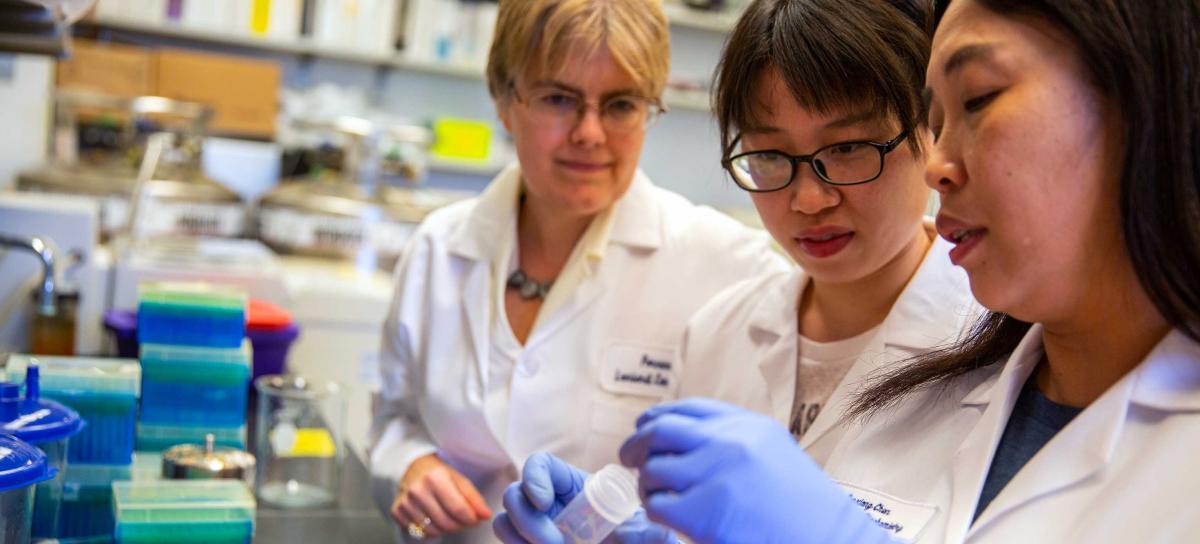
While women in the United States earn almost 60 percent of bachelor’s degrees, they make up less than 20 percent of students earning degrees in computer science and engineering, according to the National Science Foundation.
As part of her study, Brodnax created a set of brochures that were integrated into the advising process during freshman orientation at a large state university. Each of the brochures organized course selection information in a way that students could see and understand how a technology class would align with their degree requirements and with their interests.
Nudging Works

All of the students who received the specially designed brochure were more likely to sign up for a technology course, the study found. Brodnax says that while the exact reason behind women’s increased enrollment is hard to tease out in this particular study, it may have to do with the ways women are socialized, as other research has shown.
“Many women, when they enter college, are interested in helping professions such as nursing, or they might go into the life sciences to pursue a track in medicine,” Brodnax says. “When surveyed, these women don’t really see a connection between computer science and engineering and what they would be doing in those helping professions. Part of the challenge is to help them become aware that technology is pervasive, and it doesn’t really matter which field they’re interested in going into—technology skills can help them in whatever field, whether it’s in a helping profession or not.”
Given the success of Brodnax’s intervention, which is easy to incorporate into the advising process and costs about 70 cents per student, she says that it offers universities a relatively simple and cost-effective means of exposing more women to technology and engineering courses.
While some schools have tried to increase women’s enrollment in tech courses by restructuring their curriculum or by sponsoring students to attend conferences where there will be women technologists in attendance, these approaches can be expensive and difficult to expand to a larger population of students.
“My hope is the impact of this intervention will be at a much broader scale, and that we’ll be casting a wider net for women who are interested in technology but don’t get the exposure early enough,” says Brodnax, who will continue to measure the impact of the
intervention by tracking the course decisions of the students who participated in her study to see whether they decide to major in computer science or engineering. “I want to help students to align their actions and what classes they take and what majors they pursue with what they’re actually interested in doing,” she says.